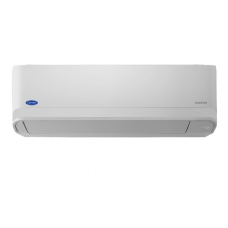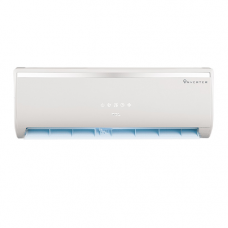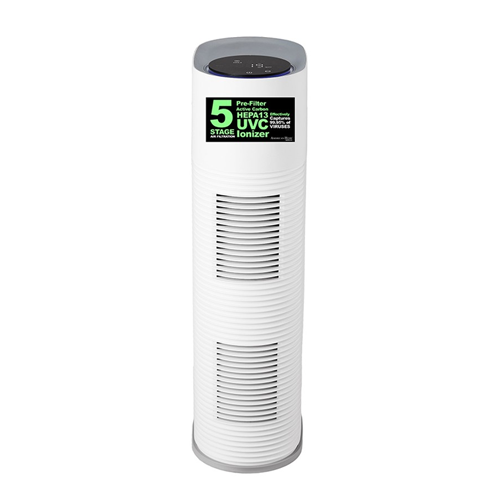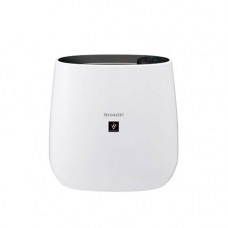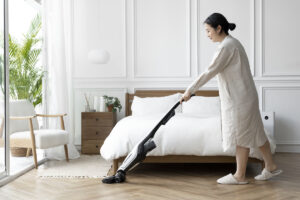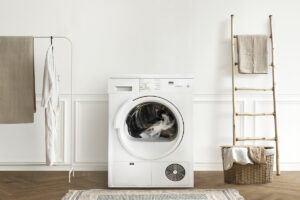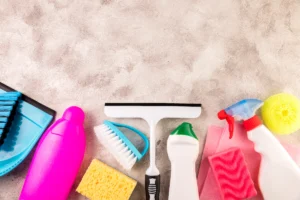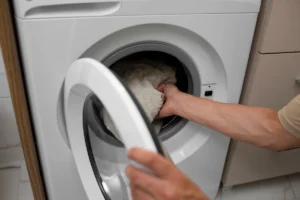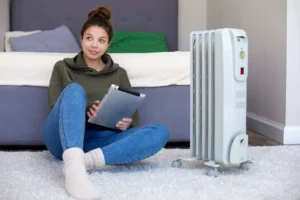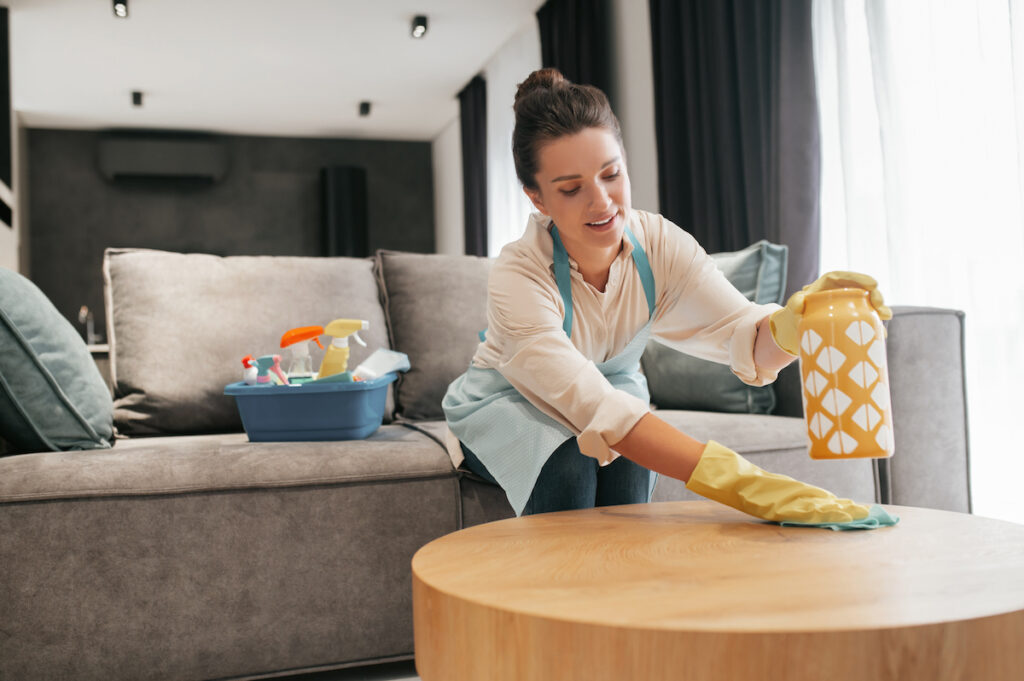
9 Habits That Will Help You Create A Hypoallergenic Home Environment
Many Filipinos place great importance in maintaining a hypoallergenic home, especially those who have family members with allergies or sensitivities. Allergens such as dust mites, pollen, pet dander, and mold can trigger reactions like allergic rhinitis and asthma, or cause flare ups of skin conditions like eczema. These issues can cause significant discomfort and increase the household’s medical spending.
It can be a challenge to keep dust and dander at a minimum in a home in a tropical country like the Philippines, but it’s not impossible. With the family members’ combined effort and by developing regular cleaning habits, you can keep the level of allergens in your home under control. This will turn your home into a safer, healthier, and more inviting space for people with and without dust mite sensitivities alike. Below are some cleaning habits that will help you achieve this goal.
Establish a Regular Cleaning Routine to Minimize the Accumulation of Allergens
Establishing a cleaning routine is the pillar of creating a hypoallergenic space. If you go on for too long without cleaning your home, dust and allergens will accumulate on various surfaces and linger in the air, triggering allergic reactions. Regularly dusting, mopping, vacuuming floors using a HEPA-filter vacuum cleaner can effectively remove allergens. Don’t forget to clean items and areas often overlooked, such as curtains, blinds, and hidden corners. Incorporate a weekly cleaning schedule and consider using microfiber cloths or mop heads that trap and remove allergens more effectively.
Control Humidity Levels Indoors to Prevent Mold and Dust Mite Growth
Controlling indoor humidity levels is crucial in creating a hypoallergenic home. High humidity promotes mold growth, while low humidity leads to dryness and discomfort. Use dehumidifiers or install exhaust fans in areas that are prone to excess moisture, such as bathrooms and kitchens. You can also use your split-type aircon to periodically condition the air in bigger spaces and keep the humidity levels pleasant. As much as possible, maintain humidity levels of around 40 to 50% in every room in your home.
Change Beddings and Clean Upholstery to Control Allergen Levels in Sleeping Areas
Bedrooms and sleeping areas are prime locations for allergens to accumulate, so you have to give them special attention when cleaning. Make a habit of changing bed covers, pillowcases, sheets, and blankets every couple of weeks or so and washing them in hot water to kill dust mites and remove allergens. Use hypoallergenic mattress and pillow covers to protect against allergen accumulation. Additionally, vacuum and steam-clean upholstery regularly to eliminate dust, pet dander, and other allergens that may have settled on furniture.
Minimize Clutter in Your Home to Decrease Allergen Traps
Clutter provides hiding places for allergens to accumulate, so make sure to organize your belongings regularly. Keep surfaces clear and ensure items are stored in designated areas or sealed containers. This helps minimize the number of surfaces where allergens can settle, which is an important step in making it easier for you to clean and maintain a hypoallergenic environment.
Utilize Air Purification Tools to Enhance Indoor Air Quality
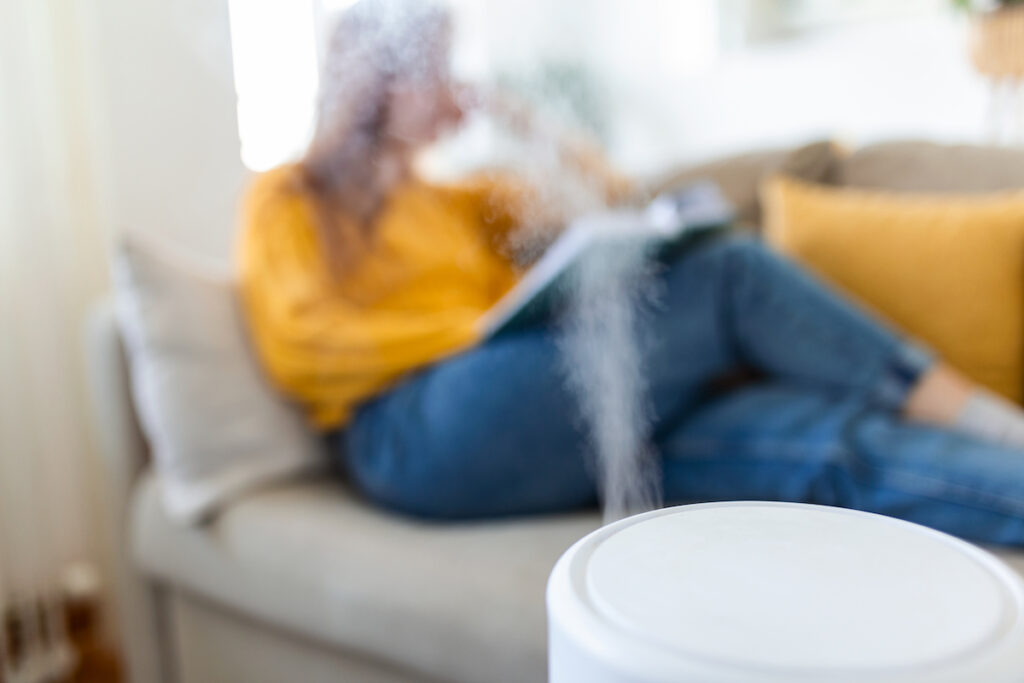
Air purifiers with HEPA filters can effectively remove allergens from the air, improving indoor air quality. Place HEPA purifiers strategically in commonly occupied areas, such as bedrooms or living rooms. Be sure to clean or replace the filters regularly according to the manufacturer’s instructions to maintain optimal performance. Additionally, opening windows for cross ventilation when outdoor allergen levels are low can help improve indoor air quality.
Groom Pets and Maintain Their Hygiene to Keep Allergens at a Minimum
If you have pets, their fur, dander (dried skin cells), and saliva can trigger allergies. Regular grooming, including bathing and brushing, can help minimize shedding and allergen dispersal. It is also important to establish pet-free zones, especially in bedrooms or areas where individuals with allergies spend significant time. Regularly washing pet bedding and vacuuming pet areas are also helpful in controlling the levels of pet hair and dander in your house.
Prevent Pest Infestations to Reduce Sources of Allergens
Pests, such as cockroaches and rodents, can contribute to allergies and asthma symptoms. To prevent infestations, seal gaps and cracks in and around your home and keep food securely stored. Also, clean up food crumbs and spills promptly so that they will not become food sources for pests. Consider professional help when necessary to minimize the presence of allergen-carrying and -dispersing pests.
Refrain from Using Harsh Chemicals That Can Serve as Allergic Reaction Triggers
Harsh cleaning chemicals and fragrances can trigger allergic reactions and respiratory irritation, so it’s best to avoid these products if you can. You’ll have a better chance of finding effective but gentle cleansers if you look for products with allergy-friendly certifications or those specifically formulated for sensitive individuals. Making smart purchasing decisions in this way helps maintain a hypoallergenic environment and ensures the well-being of household members with sensitivities.
Maintain the Area Around Your Home to Lessen Outdoor Allergen Transfer
It’s not enough to keep your indoor spaces clean, as the area surrounding your home can also be a source of allergens. To prevent allergens from getting into your home, control the situation immediately around your house. Do this by regularly maintaining outdoor spaces, trimming trees and bushes, and mowing grass. Clean outdoor furniture regularly as well and sweep or hose down outdoor areas to minimize the transfer of allergens into the home.
By adopting these essential habits, you can transform your home into a hypoallergenic space that can serve as a healthier living environment for the entire family. Incorporating these practices into daily routines will help provide relief to people with sensitivities. For the rest of your family members, this will also create a comfortable sanctuary that supports their overall well-being.
Related Products
- Featured10% Off
 [wc-ps tag="span"]Compare
[wc-ps tag="span"]Compare- Cooling Capacity: 13,000 (3,780 – 14,040) kJ/hr
- Power Consumption: 1,150 (320 – 1,400) Watts
- Energy Efficiency Ratio: 11.3 (11.8 – 10.0) kJ/W-h
- Thunder Surge Protection and Noise Filter
- Fireproof Electrical Box
- Double Clean System
Original price was: ₱41,000.00.₱37,020.00Current price is: ₱37,020.00.Aircon Capacity : 1.5HPAircon Technology : Remote - TimerOther Technology : Inverter - Sold Out29% Off
 [wc-ps tag="span"]Compare
[wc-ps tag="span"]Compare- Cooling Capacity: 9,496 Kj/
- EER:11.6
- 820 watts
- R410A Green Refrigerant
- Timer
- Auto Restart
Beat the scorching Philippine heat with a split-type air conditioner that delivers powerful cooling without adding on too much to your electric bill! The TCL TAC-09CSA/KEI Split Type Aircon Inverter 1HP is one of the Chinese brand’s sleekest, most feature-packed models. Energy efficient and reasonably priced, it’s the perfect addition to your home. Get it now only here at Savers Appliances.
Original price was: ₱34,495.00.₱24,480.00Current price is: ₱24,480.00.Aircon Capacity : 1.0HPAircon Technology : Remote - TimerOther Technology : Inverteraddons : No Warranty Extension - LEX Extended Warranty - 12 Months - LEX Extended Warranty - 24 Months - Sold Out51% Off
 [wc-ps tag="span"]Compare
[wc-ps tag="span"]Compare- UV-C Sterilization
- Sleep function
- Ionizer
- HEPA-13 Filter
- Active Carbon Filter
- Timer function
Original price was: ₱11,999.00.₱5,879.00Current price is: ₱5,879.00. - Sold Out17% Off
 [wc-ps tag="span"]Compare
[wc-ps tag="span"]CompareKey Specs:
- 23 sqm.
- 7000 High Density Plasmacluster Ion Generator with Mircon-Mesh Prefilter
- HEPA Filter
- HAZE Mode and Sleep Mode
- Filter Replacement Indicator
Original price was: ₱7,498.00.₱6,200.00Current price is: ₱6,200.00.

